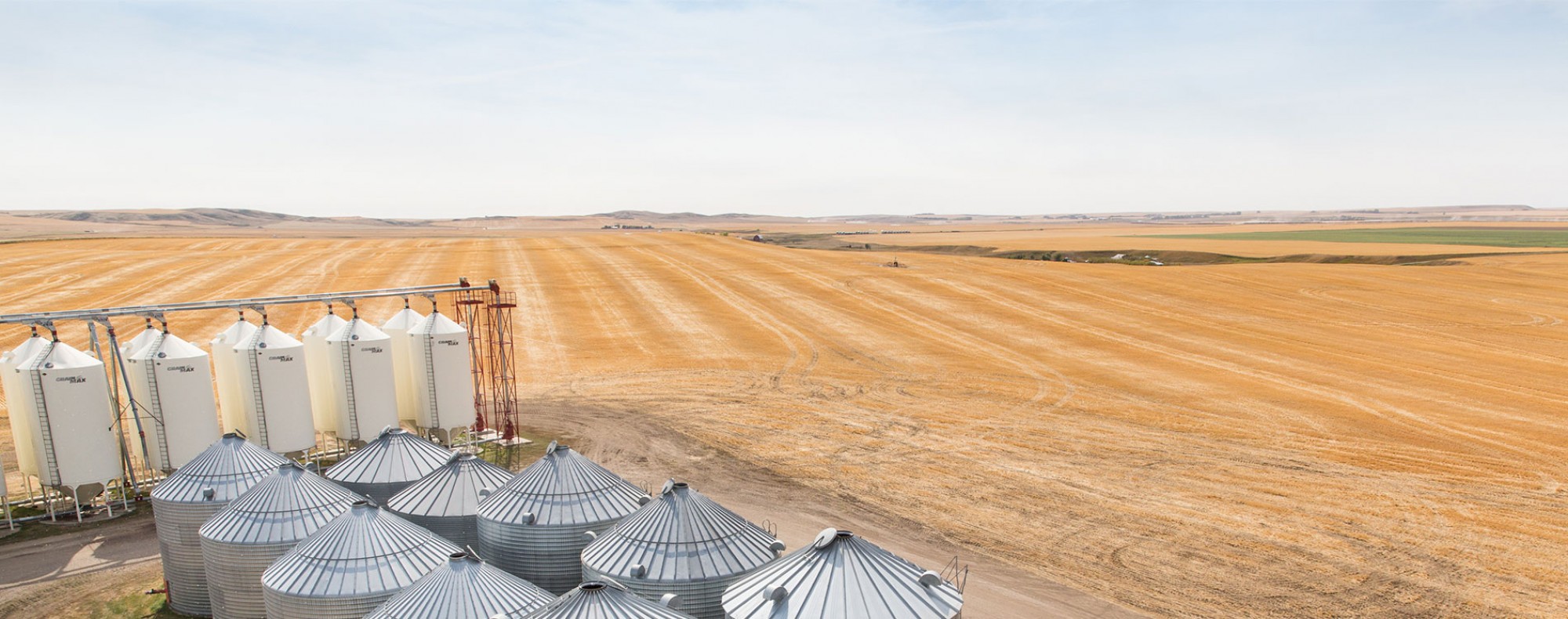The genetics of early maturity as it relates to high yield in the development and breeding of hard red spring wheat for Alberta
AWC contribution: $100,000.00
Start date: April 1st, 2015
End date: March 31, 2019
Summary:
Understanding the basis of early maturity in wheat may lessen the use of herbicides through improved competition with weeds, and may also improve the quality of harvested wheat. This research will use techniques of both conventional quantitative and molecular genetics to better understand the basis of early maturity in Canadian wheat. This knowledge will be applicable in wheat breeding programs to aid in developing early maturing wheat cultivars for the Canadian prairies, without compromising both high yield potential and good bread-making quality.
Objectives:
To undertake a thorough analysis of the genetic basis of early maturity in spring wheat.
The goals are to develop:
- A more robust set of markers to use in the breeding and selection of earliness traits in spring wheat in Western Canada.
- Genetic materials of direct or indirect use for CWRS cultivar development for the benefit of Albertan farmers.
Benefit to producers:
Research findings will provide a better genetic background in early maturity in spring wheat. Early maturing, high yielding wheat will benefit farmers due to timely harvest, higher quality harvest and greater returns.
Bio:
Dr. Dean Spaner has been a professor for 15 years as a wheat breeder and agronomist at the University of Alberta. His research group works in two general areas:
- Conventional breeding (and genetic research) of wheat.
- Agronomy and breeding of wheat for organic agricultural environments.
We work mainly in the fields and in greenhouses. In addition to a fully operational modern research farm and greenhouse facilities, we also have 11 acres of farmland on the South Campus devoted to organic agricultural research. We conduct some research on organic and conventional farms in central Alberta, and in affiliation with the Cereal Development Centre of Alberta Agriculture, Food and Rural Development in Lacombe. We collaborate extensively with many breeding programs within the Agriculture and Agri-Food Canada network, and trial much material from CIMMYT in Mexico.
Project Completion Report
The objective of this research was to undertake a thorough analysis of the genetic basis of early maturity in spring wheat. Additional funding will be used to fine tune our phenotypic data through one more growth cycle of four populations, increase the molecular coverage of markers in populations that were developed and used in previous projects, and to thoroughly analyze the data we have collected to map QTL, genes and their interaction with each other. Other objectives of this research were to develop new early-maturing Hard Red spring wheat cultivars selected for growth in Alberta, and to educate graduate and post-graduate students in this field for the Albertan agricultural industry.
We used techniques of both conventional quantitative and molecular genetics to better understand the basis of early maturity in Canadian wheat. We are now on the road to understanding mechanisms of earliness. Over the duration of this project, we have mapped many Quantitative Trait Loci (QTL / genes) in four separate populations, and also articulated the Vrn and Ppd genes required for high yield and early maturity in western Canada. These results are presented in six refereed scientific papers. During this project we also developed three very early maturing cultivars (Zealand, Tracker and Jake) which may become quite useful in a changing climate, where snow may fall earlier as unpredictability increases. Four PhD and two MSc students graduated over the duration of this project and are now working and contributing to the agricultural sector in beneficial ways.
The knowledge reported in this report will be applicable in wheat breeding programs to aid in developing early maturing wheat cultivars for the Canadian prairies, without compromising both high yield potential and good bread-making quality. The early maturing CWRS cultivars developed over the duration of this project may become important new tools to combat unpredictable weather events in Western Canada.
